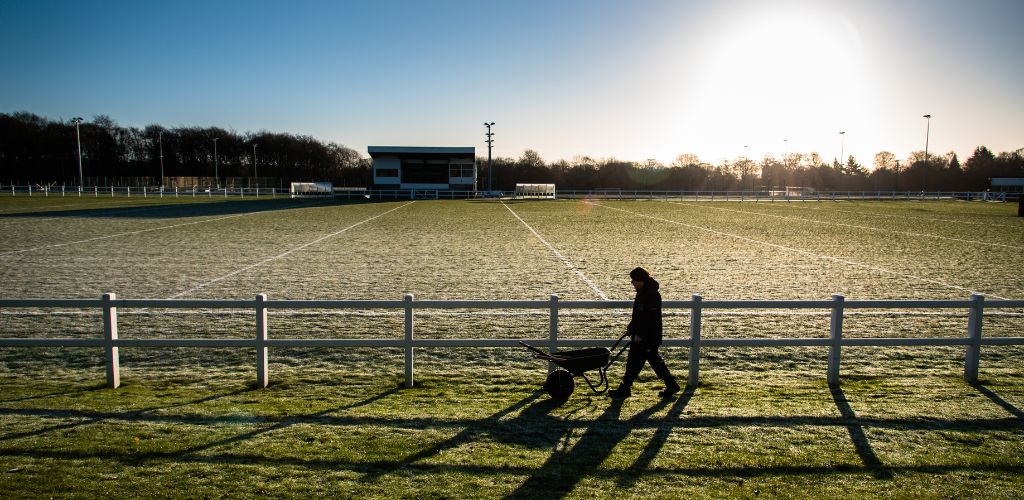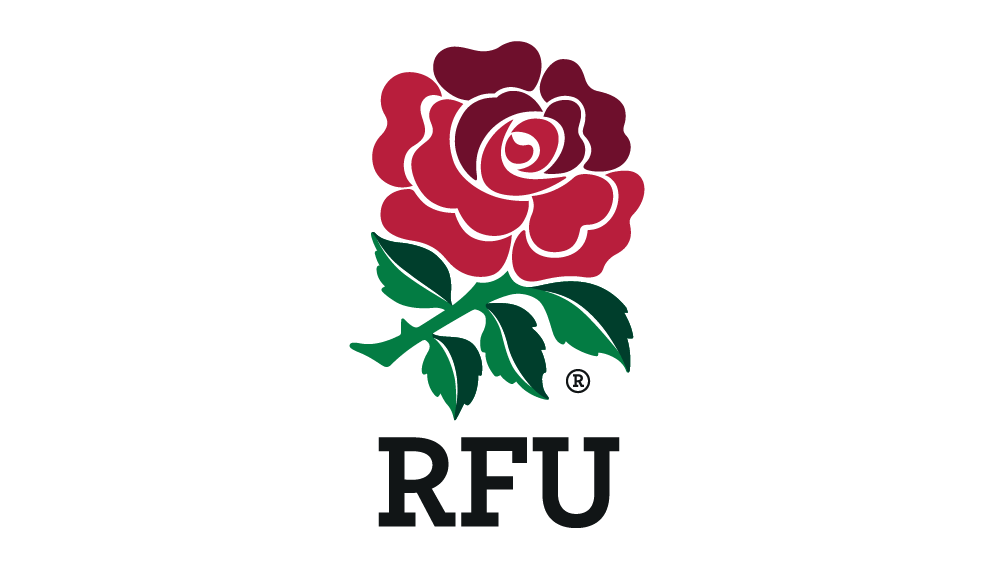
As November brings cooler temperatures and wetter conditions, maintaining healthy, playable surfaces becomes increasingly important.
This guide highlights key winter maintenance actions for grounds teams, from aeration and mowing adjustments to repairing worn areas and divots. Following these practical tips will help protect turf quality and ensure your pitches stay in top condition throughout the colder months.
Here are some key considerations:
- Aeration
Carry out at least one aeration operation when ground conditions allow. November often brings wetter soil, so aim for periods of drier weather to reduce surface damage. Aeration relieves compaction, improves drainage and encourages healthy root growth which is vital for sustaining turf quality through winter and reducing the risk of surface waterlogging. - Brushing / Sweeping
Perform daily brushing or sweeping to remove dew and surface debris. This helps prevent fungal diseases and keeps the surface level. Maintaining a clean surface also allows light to penetrate more effectively, supporting photosynthesis during shorter, darker days. - Fertiliser Application
Apply fertiliser if grass shows signs of stress, such as weak growth or discolouration. A slow-release winter fertiliser can support root development and strengthen turf against disease and wear. Avoid high-nitrogen feeds that encourage soft growth vulnerable to frost or wear. - Seed Worn Areas
Repair bare or worn patches when conditions allow. Light overseeding helps maintain sward density and reduces the risk of weeds establishing. Choose suitable winter-tolerant grass seed and ensure good seed-to-soil contact to maximise germination in cooler temperatures. - Mowing
Raise the mowing height to reduce stress on the grass. Shorter cuts in cold, wet weather can weaken turf. Reduce mowing frequency as growth slows but maintain a tidy surface to prevent uneven wear. - Replace Divots
Immediately replace divots after matches to maintain an even playing surface. Use a suitable sand/soil mix to fill holes and lightly roll or compact the area. Prompt attention encourages quicker recovery and prevents larger depressions forming, which could impact player safety. - Repair Worn Areas
Focus on heavily trafficked zones, especially goalmouths. Lightly scarify, reseed and topdress where necessary to restore turf integrity. Regular attention to these areas reduces compaction and limits risk of surface damage worsening over winter. - Topdress To Restore Levels (Localised)
Apply topdressing to low spots or uneven areas to maintain a level playing field. Use a compatible sand/soil mix and spread lightly to avoid smothering grass. Localised topdressing supports recovery and helps keep the surface safe and playable throughout the colder months. - Cricket Square
The days of putting the square to bed and forgetting about it are long gone. With mild and wet winters more common, growth is continuing all through the winter months, making the winter maintenance an important factor in keeping both the outfield and square in good condition.
The occasional surveillance of the square will provide the opportunity of investigating any outbreak of fungal disease and also enable the detection of any excessive grass growth. Do not roll the square until February/March, in preparation for the start of the new season. - Cricket Winter Maintenance
Mowing - During mild spells it may be necessary to top the grass to ensure that the sward growth is not weakened in the spring by removing too much growth in a short period of time. Before cutting, walk the square to remove any debris or rubbish which may have accumulated to ensure that no damage will be caused to the mower.
Winter Brushing - This is to help the surface remain dry and reduce disease pressure, keeping the sward healthy. Brushing the square during the winter months, will help to maintain a healthy square throughout the winter.
Aeration - Try to aerate as the soil is getting wetter, not as the soil is getting drier. This is why aeration before Christmas is more effective than after Christmas.
Fertiliser programme - Fertiliser may be applied to maintain the health of the grass and appearance of the cricket ground. It is best to apply fertiliser when the immediate surface is free from damp but there is still some moisture in the soil. Avoid dry, frosty, or windy conditions – as these often result in uneven distribution and possible scorching. Always check the calibration of the machine before fertiliser applications to ensure that the spread rate is correct.
For more details, visit Winter Cricket Maintenance.
Only carry out the above tasks when the ground and climate conditions are suitable
For More Expert Advice
Need more guidance on pitch care? Visit the GMA Toolkit for detailed resources and tips tailored to your needs: resources.thegma.org.uk.
Become A GMA Member
As a GMA member, you gain access to invaluable resources to support your grounds maintenance schedule. One standout benefit is our Ask the Expert service, offering one-to-one expert advice tailored to your specific challenges and goals.
Membership also unlocks a wealth of additional perks, including discounted rates on training courses and events, exclusive access to the brand-new Member Assistance Programme and discounts from high street retailers!
















